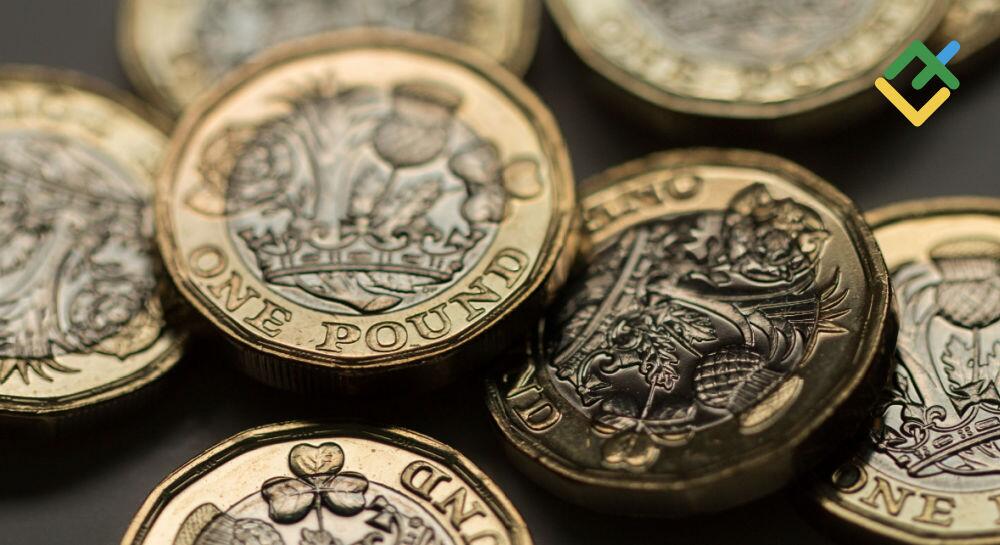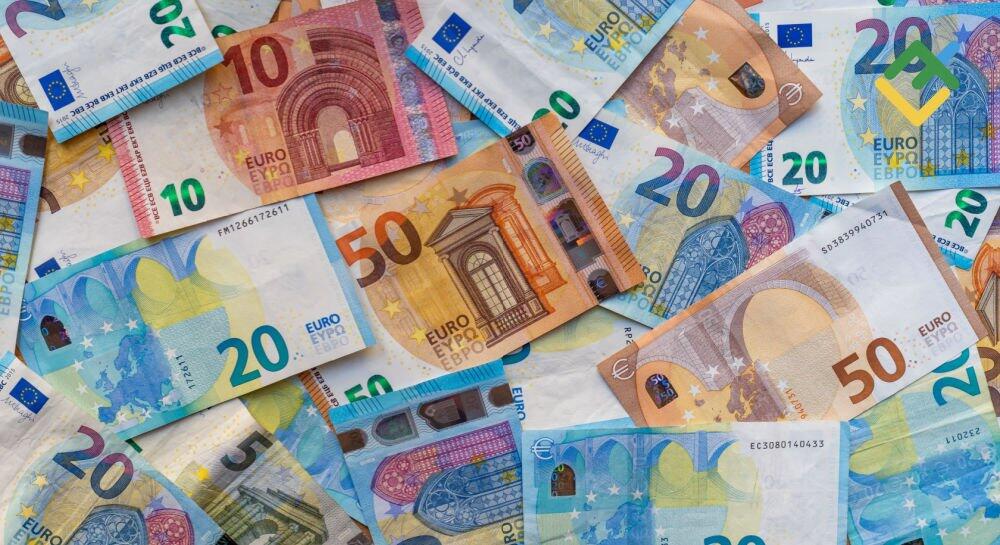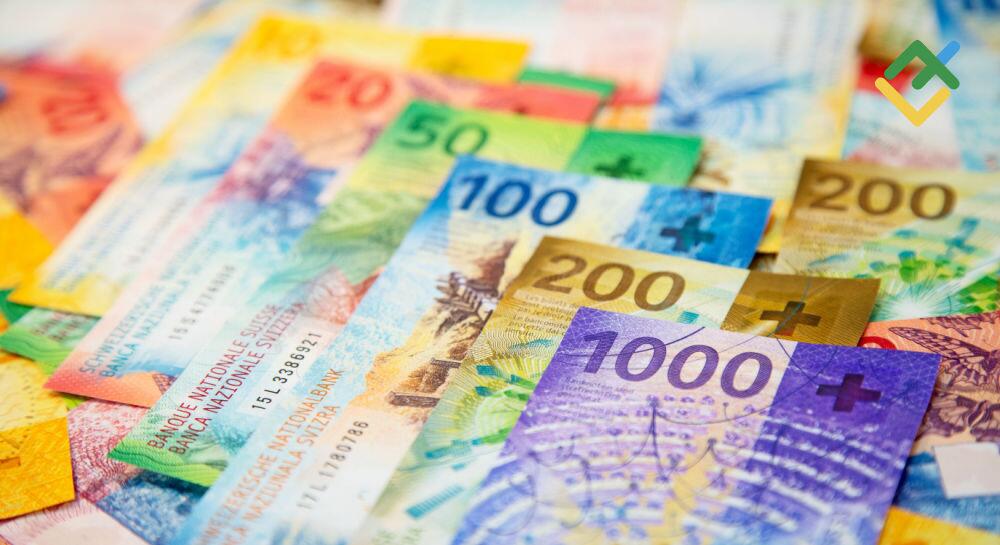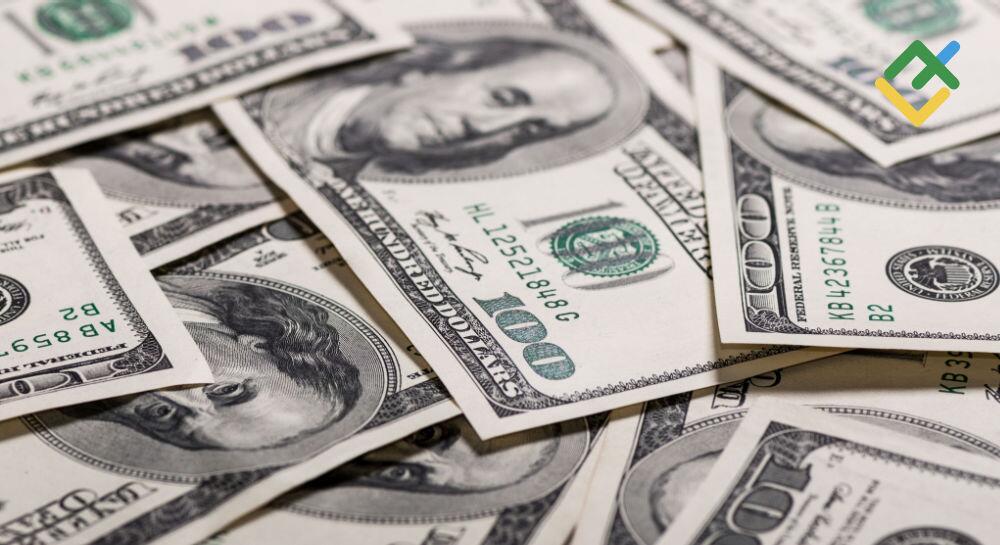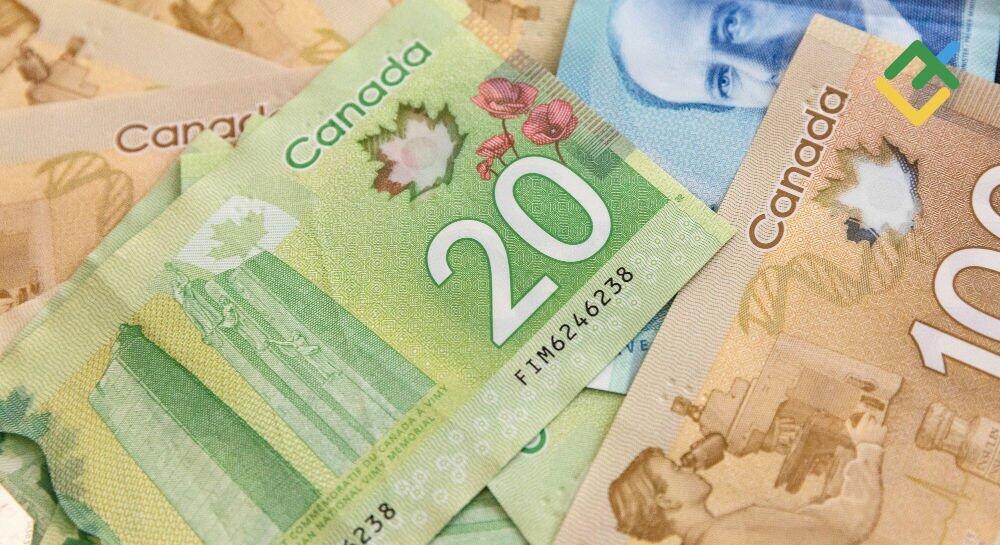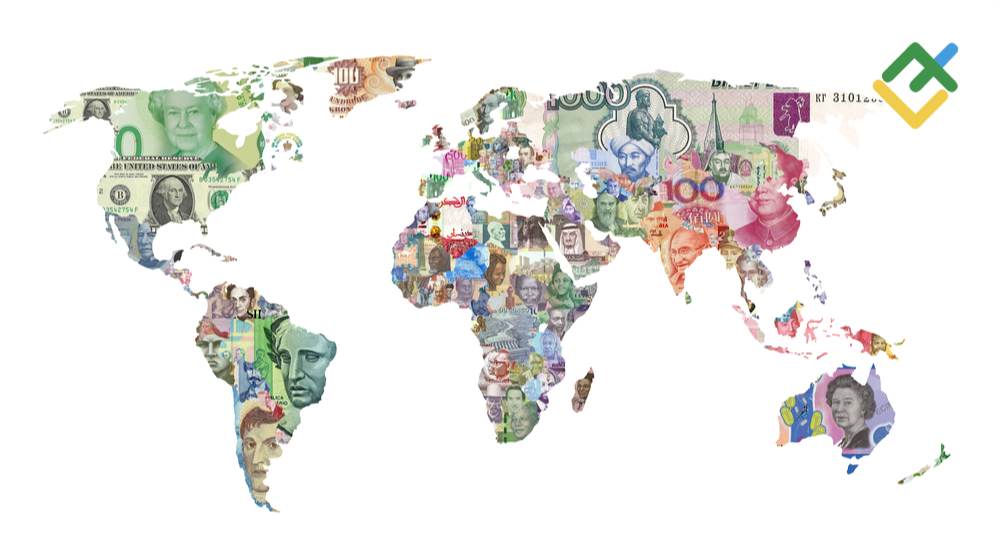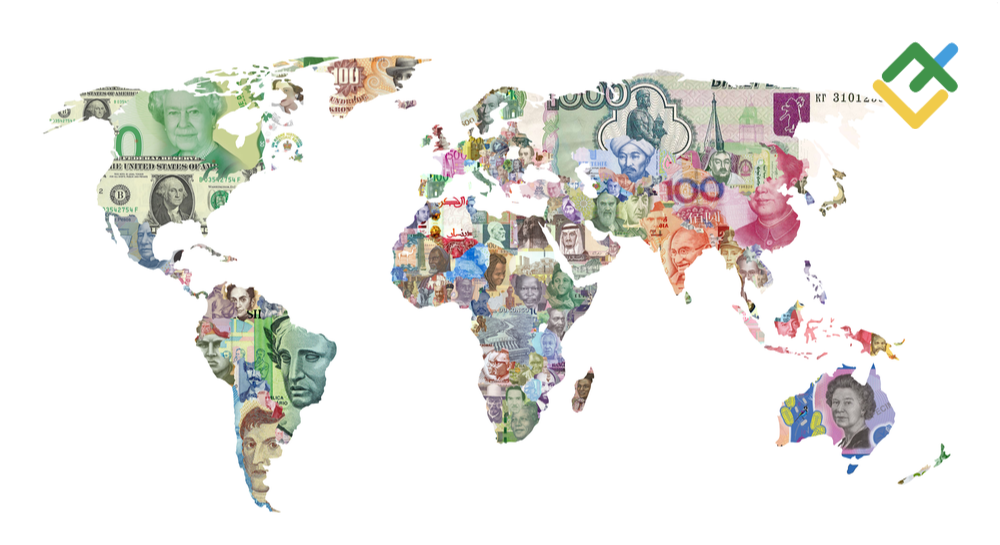
In times of global instability, currency markets face numerous factors influencing the value of national currencies. Variables like inflation, interest rates, and trade balance play a crucial role in shaping the exchange rate.
The highest currency serves not only as a sign of economic resilience but also as an attractive asset for international investors. Amid volatility, certain countries have maintained their positions, issuing some of the most valuable currencies in the world. In this article, we’ll reveal which one is the highest currency in the world and what makes it so sought after.
The article covers the following subjects:
Major takeaways
- The article provides an overview of the top 10 strongest currencies in 2024, highlighting the role of central bank policy and economic stability in maintaining currency strength.
- It underscores the Euro as a highly traded and stable currency, with its value determined by the political, social, and economic status of Eurozone member countries.
- The Swiss Franc is seen as a safe bet, particularly during crisis times, due to its stability.
- As the world’s most traded currency and a global reserve, the US Dollar maintains its value even in tumultuous times.
- The Canadian Dollar’s value is closely tied to the US dollar and the country’s natural resources, like oil and uranium.
- The article sums up that political stability, economic stability, low inflation, high-interest rates, and well-planned monetary policies can raise a currency’s value. It also lists the weakest currencies and points out that the Kuwaiti dinar is the most expensive currency, and the Swiss franc is the safest.
What defines the highest currencies in the world?
The value and currency exchange rate of the highest currencies in the world are influenced by a variety of economic and political factors that determine their standing on the global market. A high currency is an indicator of a country’s financial stability and attractiveness to investors. Below are the main factors that shape the exchange rate of the highest currencies:
-
Economic Stability: Countries with stable economies tend to have stronger currencies. A reliable economic structure provides favorable conditions for a stronger currency.
-
Interest Rates: Higher interest rates attract foreign investors, boosting demand for a currency and aiding its strength.
-
Trade Balance: A positive trade balance (exports exceeding imports) helps support a high currency exchange rate, especially for exporting nations.
-
Inflation Rates: Low inflation helps a currency maintain its value, an essential aspect for retaining the status of the highest currencies in the world.
-
Political Stability: Countries with stable political systems attract more foreign investments, positively impacting the demand for their currency.
-
Investment Attractiveness: Nations with well-developed financial infrastructure and favorable policies for foreign investors often have high currencies.
-
Economic Confidence: A high level of confidence in a country’s economy supports stronger currencies in global competition.
Each of these factors contributes to forming the currency exchange rate, reinforcing its status as one of the strongest and highest currencies in the world.
Example 1:
Low Taxes and Tax-Free Systems: Countries offering tax benefits generally attract foreign investment, strengthening their currency.
Example 2:
Oil Exporting Nations: Countries with high oil production, like Saudi Arabia, often have stronger currencies since oil prices can bolster demand for their currency.
List of 10 Strongest Currencies in the World 2024
We have put together a list of top 10 most valuable currencies in 2024:
|
Rank |
Currency (Currency code) |
Exchange rate |
|
1 |
Kuwaiti dinar (KWD) |
1 KWD = 3.27 USD |
|
2 |
Bahraini Dinar (BHD) |
1 BHD = 2.65 USD |
|
3 |
Omani rial (OMR) |
1 OMR = 2.60 USD |
|
4 |
Jordanian dinar (JOD) |
1 JOD = 1.41 USD |
|
5 |
British Pound Sterling (GBP) |
1 GBP = 1.29995 USD |
|
6 |
Cayman Islands Dollar (KYD) |
1 KYD = 1.20 USD |
|
7 |
European Euro (EUR) |
1 EUR = 1.08553 USD |
|
8 |
Swiss Franc (CHF) |
0.86666 CHF = 1 USD |
|
9 |
US Dollar (USD) |
1 USD = one dollar |
|
10 |
Canadian Dollar (CAD) |
1.39202 CAD = 1 USD |
1. Kuwaiti Dinar
Kuwaiti dinar (KWD) is considered the strongest currency in the world in 2024. KWD is freely convertible and has the highest monetary value. Kuwait is one of the richest countries in the Middle East, with access to the northwestern part of the Persian Gulf. The country has huge oil reserves, which also contributed significantly to the strength and stability of the value of Kuwait’s currency. Kuwait has built up a sizable sovereign wealth fund over the years. This fund is managed by the Kuwait Investment Authority (KIA) and contributes to Kuwait’s long-term high value.
Since the economy of Kuwait is based entirely on the country’s huge oil and gas reserves and oil exports, the slump in global crude oil prices causes a deficit in Kuwait’s economy. However, the KIA has drawn up a seven-year plan to counter this, ensuring the value of the Kuwaiti Dinar remains strong and stable. A rise in demand pushes prices up and supports the domestic official currency. Conversely, the decline in demand and increased supply pulls the oil prices down and negatively affects the Kuwaiti dinar.
1 KWD = 3.27 USD
2. Bahraini Dinar
Bahrain is a small country that is one of the former British colonies. Bahraini dinar is the second most valuable currency. Upon being pegged to the United States dollar, the Bahraini dinar, with a currency code — BHD, had a somewhat better face value than the Omani rial. Despite the detrimental effects of low oil prices on Bahrain’s economy, the Bahraini dinar’s yearly average has been relatively stable since 2011. Bahrain’s inflation rate was also stable and low. The only way to qualify the inflation rate of Bahrain is through expressing its stability and low rate of growth — both factors that strengthen the economy. As a result, the Bahraini dinar has the second highest currency value in our rating.
1 BHD = 2.65 USD
3. Omani Rial
The third highest currency is Omani Rial. The fixed exchange rates have stayed at USD 2.6008 per RO since the last modification in parity in 1986. The Omani rial (OMR) has maintained its value against the dollar due to Oman’s traditionally rigorous monetary policy and financial restrictions. To protect the country from the unfortunate but frequent Middle Eastern wars and turbulence, Omani politicians have traditionally regulated the money supply. The country’s official currency rate has risen as a result, and Oman’s lending restrictions tend to favor offshore enterprises and Forex trading initiatives with a high risk appetite.
1 OMR = 2.60 USD
4. Jordanian Dinar
When compared to the US dollar, the Jordanian Dinar (currency code – JOD) has a higher value, despite being pegged since 1995. It is the forth highest currency in the world. This was done to keep Jordan’s legal tender steady in order to attract American investments. It’s important to remember that any country can peg its currency to the dollar at any time. To sustain the peg, the currency such as in the case of the Jordanian dinar must maintain its value in relation to the United States dollar. During the first two decades of the twenty-first century, Jordan was successful in doing so.
1 JOD = 1.41 USD
5. British Pound Sterling
British Pound sterling is the fifth highest currency worldwide and one of the most traded currencies as well. For decades, the Bank of England (BOE) has kept pace with global currency trends, keeping the pound more valuable than the US dollar. The British pound sterling (GBP), the official currency of the UK, was worth more than the US dollar for much of the twentieth century. In the 1980s, this pattern shifted, with the British pound restoring its previous advantage over the US dollar.
While the BOE is the most important factor in deciding the value of the British Pound (GBP), there are other things out there. Inflation and growth of the economy play their own part. Forex market sentiment is another feature you should consider. As the UK is one of the leading and stable economies, global political and economic events affect the value of the British pound.
1 GBP = 1.29995 USD
6. Cayman Islands Dollar
The Cayman Islands dollar (KYD) was fixed at 1.20 US dollars in the 1970s. It takes the 6th position among the highest currencies worldwide. It may appear that producing a currency worth more than the United States dollar is a straightforward process, but it is more complicated than it appears. A currency peg like that in case of the Cayman Islands dollar can be difficult to maintain when local economic conditions are bad, and the US raises interest rates. The exchange rate value of the Cayman Islands dollar is bolstered by the country’s status as one of the tax havens for the wealthy.
1 KYD = 1.20 USD
7. Euro
European Euro is the second most traded currency in the world which is also considered to be among the most stable currencies. Because it is responsible for the entire continent’s monetary policy, the European Central Bank (ECB), which makes monetary policy for the European union eurozone, has more independence from national governments than most other central banks. This independence helps to keep the European euro strong, but it also contributed to the European sovereign debt crisis and rising unemployment rate by prohibiting some countries (such as Greece and Italy) from taking specific actions to help stimulate their economies (such as printing additional money). It is the most common pair for the US Dollar when it comes to trading in the global Forex market. EUR/USD is considered to be one of the most traded currency pairs.
Because the European euro is the de facto official currency of nineteen countries, its value is determined by the political, social, and economic status of all of these countries. This includes the status of the stock market, the chaos of projections and analyses, as well as the measures taken by the ECB.
8. Swiss Franc
The Swiss franc takes the 8th position among the highest currencies worldwide and it is Switzerland’s official currency. The franc rose in value against the euro and the US dollar as a result of the European debt crisis and US monetary policy. The Swiss National Bank said in 2015 that the franc’s peg to the European euro was no longer viable and would be lifted. Although the euro is often accepted as a means of payment in Switzerland, change is only offered in Swiss francs. Widely topping the ranking as the most secure source of foreign exchange market, the Swiss franc is always a safe bet for currency pairs.
Thanks to the European debt crisis of 2008, many investors turned to the franc as an alternative. Because the franc was a stable currency, this allowed it to be the safe haven that everyone needed — an investment that gives returns consistently even in a state of crisis.
0.86666CHF = 1 USD
9. US Dollar
The US Dollar (USD) is the official currency of the United States of America (United States dollar), it is the world’s most traded currency as well as one of the largest reserve currencies. The US dollar is the world’s most extensively used currency and is considered a benchmark in the international market when it comes to currency exchange rate and conversion rate. It is also used as a legal tender in a number of countries outside of the United States, and many others use it as an unofficial currency alongside their own.
The United States dollar has long been seen as a cornerstone of the global economy and a world reserve currency for international trade and finance, making it a safe investment no matter what is happening in the world. Market psychology and geopolitical risk, in addition to fundamentals and technical variables, influence the dollar’s value on the global market.
10. Canadian Dollar
The Canadian dollar, Canada’s official currency, is the world’s sixth most traded currency which is also included in the list of the highest currencies globally. Because of the country’s massive global oil reserves and second-largest uranium supply, both of which are located in Alberta, Canada’s natural resources are ranked third in the world. The Canadian dollar is particularly vulnerable to fluctuations in the value of the US dollar because it accounts for the great majority of Canada’s trade.
1.39202 CAD = 1 USD
Summary
In closing, it is quite apparent from the list of the world’s strongest currencies — as well as what it takes for them to get there – that everything is in the hands of policymakers at the highest level. Whether a currency rises or falls is dependent on the central banks’ monetary policy and the quality of the management governing the systems in place. Strength and stability go hand in hand, and that is what raises the value of any currency for conversion, no matter what it is.
To sum up, the factors that raise the monetary value of a currency are political stability, economic stability, low inflation, high interest rates, properly planned monetary policies, and low prices to attract countries with a larger purchasing power. A strong developed economy promotes low unemployment and secures a good place in the realm of currency trading in the banking and exchange market.
Many traders profit from changes in exchange rates in financial markets, and those who know nothing about trading can copy professional traders.
Copy successful traders
Make profits from the first day of trading without training. The best traders from the whole world gathered on the same platform to share their money-making strategies.
Strongest and weakest currencies FAQs
Here’s a list of the ten weakest currencies in the world:
- Venezuelan Sovereign Bolívar [1 VEF = 0.000000273681 US Dollar];
- Iranian Rial (currency code – IRR);
- Vietnamese Dong (currency code – VND);
- Indonesian Rupiah (currency code IDR);
- Uzbek Sum (UZS);
- Sierra Leonean Leone (SLE);
- Guinean Franc (GNF);
- Lao or Laotian Kip (LAK);
- Paraguayan Guarani (PYG);
- Cambodian Riel (KHR).
The Kuwaiti dinar is the most expensive currency and the highest currency in the world as of December 2023 and thus is ranked the highest currency. Not being pegged to the USD has helped it reach heights few others can achieve. Proper management and planning have caused the conversion rates to be so rewarding for Kuwait, and this is a trend that is set to continue. Among other strong high value currencies not included in the top 10 are the Singapore dollar, the Australian dollar, the New Zealand dollar, the Japanese yen, and other currencies.
The Swiss franc is generally considered the safest and most stable currency in the world. It forged its reputation as a safe-haven currency during the economic struggles of 2008 when the euro failed. To this day, it is considered a strong and stable investment by many.
The Kuwaiti dinar, being the strongest currency now, is definitely ranked the highest currency in value. Though instability in the prices and demand for oil and natural gas — the main driving force behind the value of the Kuwait dinar — are faltering, the country has put measures in place to safeguard the par value.
The most expensive currency is the Kuwaiti dinar. Its exchange rate amounts to 3.27 USD.
The value of a currency is subject to the political and economic situation in the country and the supply/demand balance. Central banks’ monetary policies also impact exchange rates. For example, the higher the interest rate, the stronger the currency. If a country is under economic sanctions, its currency will be weak.
The Kuwaiti dinar is the most valuable currency in the world. Its high value is driven by the developed oil industry and stable export indicators.
The value of a currency depends on many economic and political factors. If a country isn’t doing well economically and doesn’t trade much with other countries, its currency isn’t worth much. Geopolitical crises can also harm the currency exchange rate.
The stronger the country’s economy, the higher the value of its national currency. Political stability also has a positive effect on the exchange rate.
Yes, it can. It depends on various geopolitical and economic factors. For instance, the Israeli shekel fell to its 8-year low amid the military conflict in the Middle East.
Financial events usually increase the value of safe haven assets, including national currencies.
During the 2008 financial crisis, numerous investors sought refuge in the Swiss franc, renowned as the most reliable currency globally, leading to the strengthening of the CHF exchange rate.
The Swiss franc is considered the most stable currency. Inflation in Switzerland is one of the lowest in the world, while the economy is distinguished by its stability.
In Iran, 1 US dollar is worth more than 40,000 Iranian rials. This is due to the difficult situation in the Iranian economy, as well as major international sanctions.
The top 20 currencies in the world include:
- Kuwaiti dinar;
- Bahraini dinar;
- Omani rial;
- Jordanian dinar;
- Great Britain Pound;
- Cayman Islands dollar;
- Euro;
- Swiss franc;
- U.S. dollar;
- Bahamian dollar;
- Bermuda dollar;
- Canadian dollar;
- Panamanian Balboa;
- Australian dollar;
- Singapore dollar;
- Brunei dollar;
- New Zealand dollar;
- Bulgarian Lev;
- Fiji dollar;
- Brazilian real.
The most traded currency is the US dollar. Most international payments are carried out in USD.
As a rule, a high exchange rate is typical for countries with a strong economy and a stable political situation. Also, high demand for goods and tight monetary policy lead to an appreciation of the currency.
The main reason for the high value of the Kuwaiti dinar is the thriving oil industry and consequently the strong economy.
The major currency pairs include AUDUSD, EURUSD, GBPUSD, NZDUSD, USDCAD, USDCHF, USDJPY.
The content of this article reflects the author’s opinion and does not necessarily reflect the official position of LiteFinance. The material published on this page is provided for informational purposes only and should not be considered as the provision of investment advice for the purposes of Directive 2004/39/EC.
{{value}} ( {{count}} {{title}} )
This post is originally published on LITEFINANCE.

